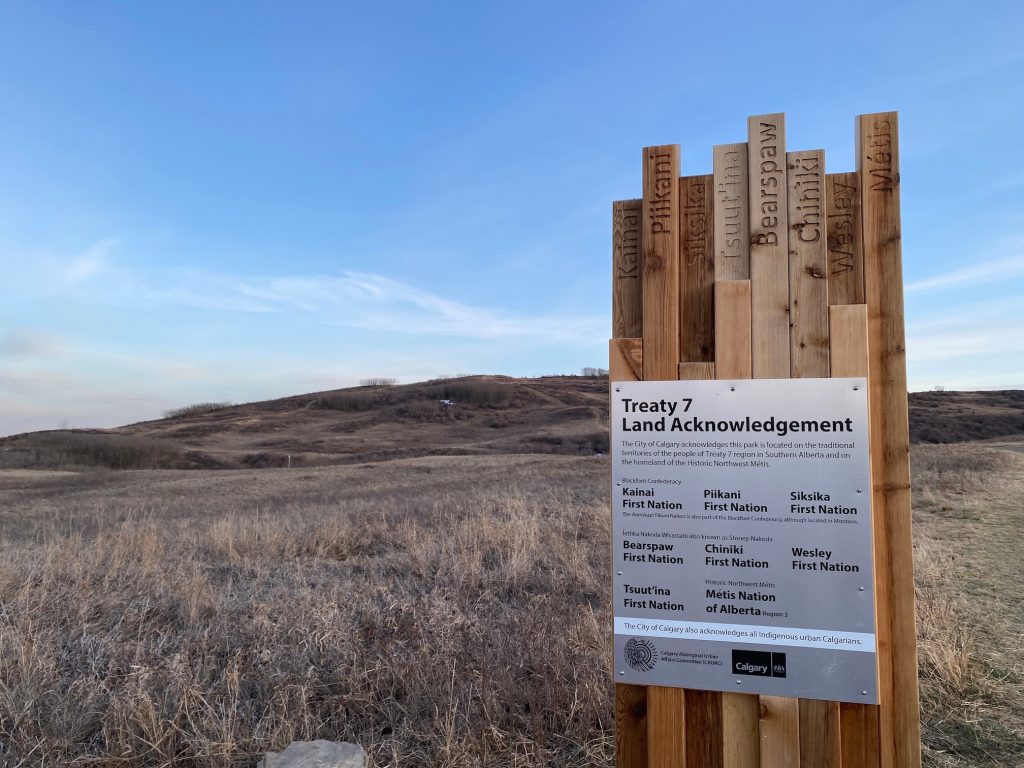Introduction
First Nations health in Canada has long been shaped by patchwork policies, jurisdictional disputes, and contested Treaty rights. While many First Nations affirm healthcare as a Treaty Right, Canada continues to frame it as policy – leaving the federal role unclear and in need of greater accountability.

The federal government of Canada, before and after the advent of Canada’s Medicare system, approached First Nations healthcare in a patchwork way rife with gaps for jurisdictional confusion. In the decade after Medicare, the long-term goal was devolving First Nations healthcare to the provinces. Canada has shifted from that position but has yet to acknowledge a Treaty Right to Health contrary to the position of many First Nations. More work by Canada, in partnership with First Nations, is needed to clarify the federal role and responsibility for First Nations health.
Treaty Rights and Federal Responsibilities
The Crown of Canada and its forerunners entered into various agreements with First Nations over the past few hundred years. Many of these are Treaties with First Nations, which Canada must follow to uphold ‘the honour of the Crown’. For over a hundred years, the federal government of Canada has also provided some medical services to First Nations living on reserves. This leads to the matter of federal responsibilities around First Nations health and a Treaty Right to Health.
The traditional laws, customs, spirituality, knowledge systems, and cultures of First Nations informed them during the Treaty-making process. Their representatives in Treaty negotiations placed strong value on oral promises and histories while representatives of the Crown were more fixated on the formally codified and written text of the Treaties. This Indigenous context is crucial to understanding the spirit and intent of the Treaties. The Supreme Court of Canada recognizes oral promises as relevant to Treaty interpretation.

The Numbered Treaties cover land that is now within the provincial borders of northern Ontario, the Prairie Provinces, and part of British Columbia. These 11 treaties were negotiated in the late 19th and early 20th centuries, largely within a backdrop of devastating effects of European settlement, including the destruction of traditional Indigenous economies and the spread of diseases.
The recorded written text of Treaty 6 contains a Medicine Chest Clause and provisions on Famine and Pestilence. In the 1935 Dreaver case, federal Court ruled medical supplies, medicines, and drugs were to be supplied to First Nations covered by Treaty 6 free of charge. The 1999 Wuskwi Sipihk Cree Nation case upheld the approach of Dreaver to the Medicine Chest Clause. While Treaty 6 is the only Numbered Treaty containing a specific Medicine Chest written provision, evidence suggests that health was discussed while negotiating other Treaties. Their written text does not capture the full scope of the Crown’s commitments.
From Early Federal Involvement to Medicare
For well over a century, Canada has been involved in health for First Nations. Some early actions, such as hiring a General Medical Superintendent in 1904 and establishing mobile nurse visitor programs on-reserve in 1922, were partly motivated by settler concerns that poor health conditions on-reserve could lead to epidemics. By the late 1950s, Canada’s involvement in First Nations health had grown into running a system of 22 hospitals, 38 nursing stations, and over 100 health centres staffed by medical officers and graduate nurses.
In the late 1960s, Canada’s publicly funded healthcare system (Medicare) was established. The federal government financially supported the provinces as they developed healthcare plans covering hospital and diagnostic care and physician services for provincial residents. The federal government planned to transition federally funded on-reserve health services to the provinces. A similar outlook, applied to more areas and to a more extreme degree, was displayed in the federal government’s 1969 White Paper.
Backlash to the White Paper, which would extinguish Treaty Rights, lead to vigorous First Nations advocacy stressing the unique relationship to the Crown that First Nations have as sovereign peoples who entered in Treaties. In 1971, the Indian Brotherhood of Manitoba (now the Assembly of Manitoba Chiefs) stated their position in Wahbung: Our Tomorrows. On the matter of health, Wahbung called for amending the Indian Act to recognize federal responsibility for First Nations medical services. Canada’s 1979 Indian Health Policy reaffirmed the unique relationship of First Nations to the federal government and committed to community development and self-governance.
Policy Disputes and Calls for Change

Outside of Treaty 6, the federal government has long maintained that it has no Treaty obligation to medical services and funding First Nations’ health services on-reserve is a matter of policy instead. This position is disputed by many prominent First Nations organizations, including the Assembly of Manitoba Chiefs (AMC), Manitoba Keewatinowi Okimakanak Inc. (MKO), and the Southern Chiefs’ Organization Inc. (SCO) in Manitoba.
Following Medicare and the creation of broad provincial health systems, disputes surfaced between the federal government and provinces over who was responsible for certain specialized health services for First Nations. This has tragic results, with many of these disputes involving medical care for children. The death of Jordan River Anderson at age five in a Winnipeg hospital while the federal government and provinces bickered over who would pay for his home care resulted in a movement that lead to Jordan’s Principle.
Concluding Thoughts
Clarifying and upholding the federal government’s responsibility for First Nations health is essential to repairing trust and advancing reconciliation. Recognizing healthcare as a Treaty Right – and working in true partnership with First Nations – can move Canada beyond fragmented policies toward a system grounded in equity, accountability, and respect for Treaty commitments.










Share the article